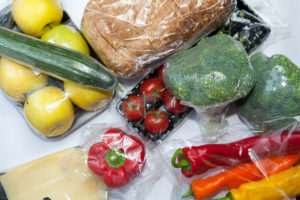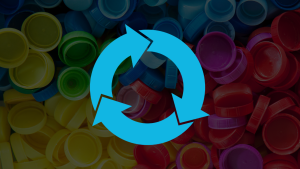Is Canada’s recycling industry broken?
Part 1 in a three-part series investigating the state of Canada’s recycling industry. Global News spoke with dozens of communities, companies, and industry leaders across the country about the mounting challenges faced by Canada’s recycling industry.
Summary
At the Loraas recycling plant in Saskatoon, 650 bales of worthless plastic pile up outside. Among the towers of packaging: a crumpled parmesan cheese container, a spray bottle of tile cleaner and a tub of garlic mayo.
A lot of this plastic, tightly compressed into cubes, has been sitting here for months, waiting for a buyer. But no one has come knocking.
“This material here is very hard to move,” said Dale Schmidt, manager of Loraas Recycle. “Currently, it moves at a negative value and it only moves once in a while. We’re having a real hard time getting this stuff to market.”
What once could be sold for profit now costs money to haul away, and the notion that Canadians are saving the planet by putting things in a blue bin is proving to be a delusion.
The recycling industry in Canada is having its moment of reckoning.
“It’s a watershed moment. We have to come clean, we have to be honest, we have to get back to truth, to reality with these programs,” said Lorenzo Donini, director of government affairs and municipal relationships for GFL Environmental in Western Canada.
In a months-long investigation, Global News spoke with dozens of communities, companies and industry leaders across the country about the mounting challenges faced by Canada’s recycling industry. The result is dire: with few exceptions, more recycling is being sent to landfill, fewer items are being accepted in the blue bin and the financial toll of running these programs has become a burden for some municipalities.
Read the full article at GlobalNews.ca
Infographics from Global News






